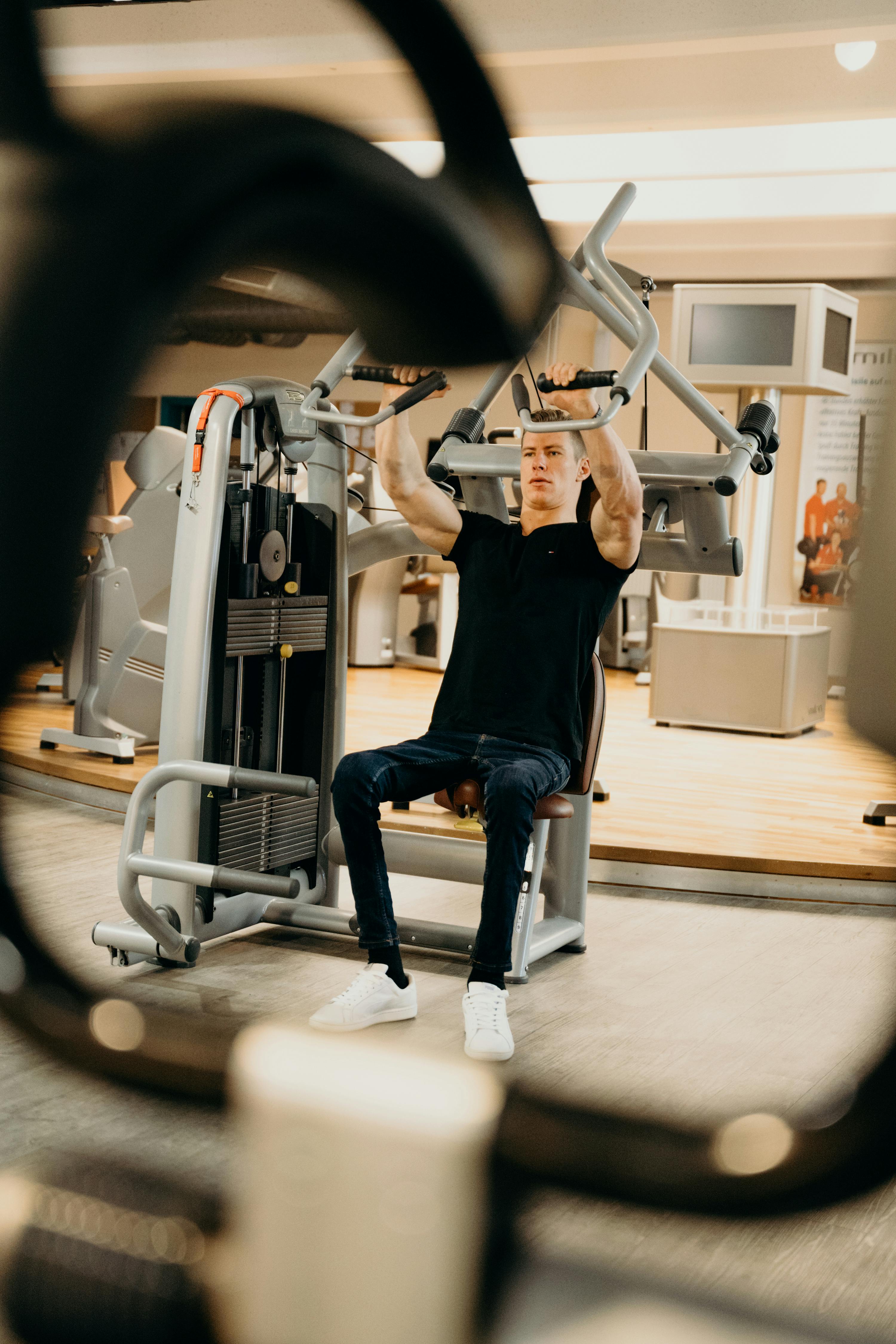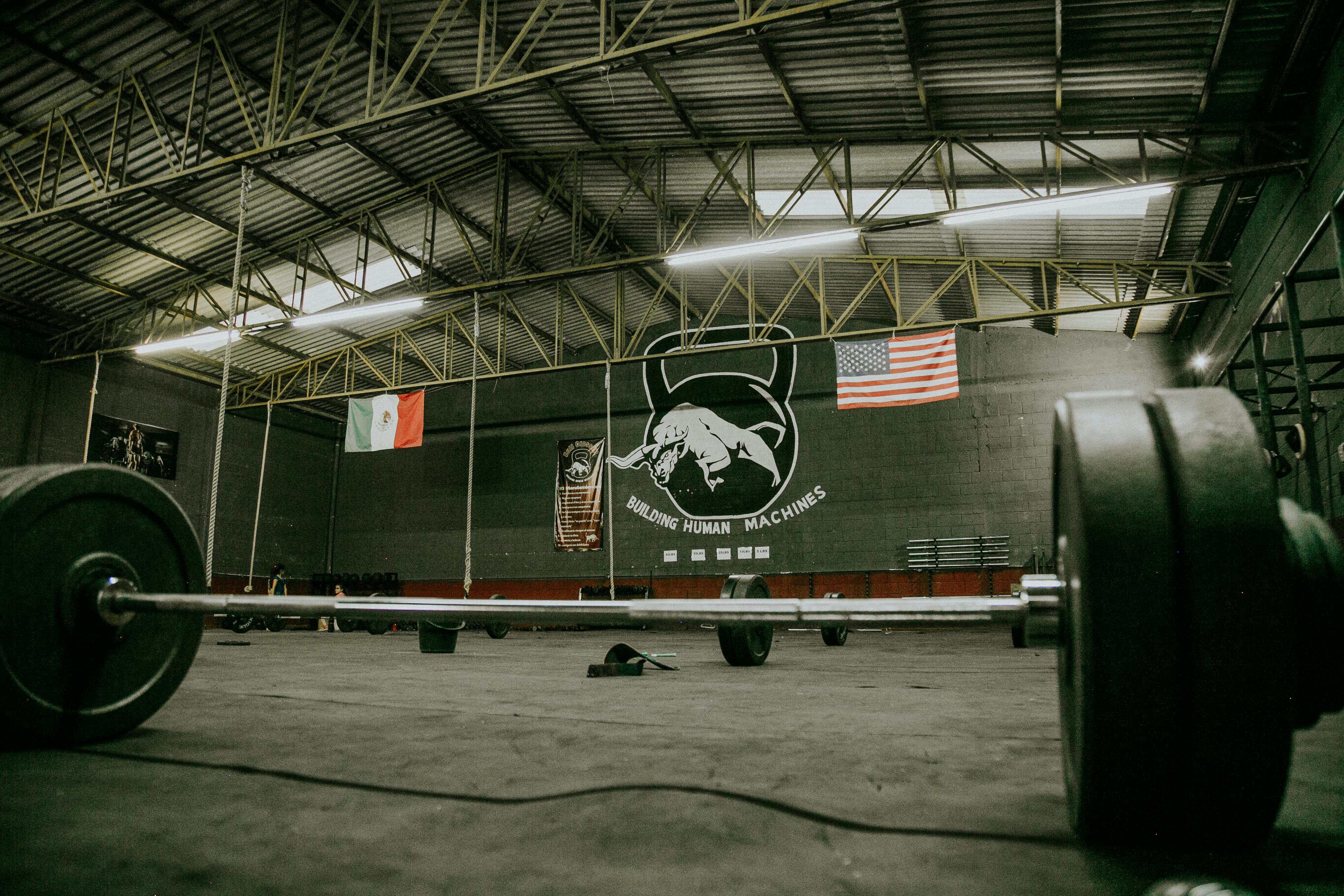Effective 3-Day Split Training Plan for Muscle Growth in 2025
Understanding the 3-Day Split Training Method
The 3-Day Split Training plan is designed to maximize muscle growth through targeted workouts that emphasize different muscle groups on separate days. This method not only allows for focused training sessions that promote hypertrophy but also facilitates adequate recovery time, making it ideal for fitness enthusiasts looking to enhance their body composition. By splitting workouts into distinct upper body and lower body sessions, individuals can increase their training intensity, which is crucial for muscle development.
With the right balance of exercises, repetitions, and weights, a 3-day split can be an effective way to achieve your fitness goals. Emphasizing compound movements and isolating muscle groups allows you to systematically progress your training by manipulating training frequency and intensity. Moreover, incorporating nutrition and proper recovery techniques enhances the effectiveness of this training approach.
This article will provide you with insights into an effective 3-Day Split Training plan tailored for muscle growth, including optimal exercises, tips for successful implementation, and recommended recovery strategies. You’ll also learn about the importance of nutrition and how to adjust your training to meet your fitness goals.

Preparation is key when it comes to maximizing your workouts, so let’s get started on laying down the building blocks of your training routine!
Day 1: Upper Body Training Essentials
Building upon your foundational knowledge of split training, Day 1 focuses on the upper body, encompassing muscles such as the chest, back, shoulders, and arms. An effective upper-body workout not only emphasizes strength building but also enhances muscle definition, making it essential for overall fitness.
Warm-Up and Activation Techniques
Starting with a proper warm-up is essential to prevent injuries and enhance performance. Five to ten minutes of dynamic stretching and mobility exercises, such as arm circles and band pull-aparts, can prepare the muscles for heavier lifting. Additionally, performing lighter sets of your planned exercises helps activate the necessary muscle groups.
Core Compound Exercises
Incorporate compound exercises such as bench presses, pull-ups, and rows to target multiple muscle groups simultaneously. These exercises are essential for building muscle mass effectively. Aim for 3-4 sets of 6-10 repetitions depending on your strength level and experience, gradually increasing weights for progression.
Isolating Smaller Muscle Groups
After the compound lifts, focus on isolation exercises like bicep curls, tricep extensions, and lateral raises. These movements target smaller muscles, providing balanced development to your upper body. Opt for 3 sets of 10-15 repetitions to maximize muscle engagement.

Cool Down and Recovery
After a high-intensity workout, it’s crucial to cool down properly. Spend 5-10 minutes doing static stretching focusing on the upper body. This promotes muscle recovery and flexibility, reducing soreness the following day.
Linking upper body strength training to overall fitness goals leads naturally to optimizing lower body training. Let’s proceed to Day 2:
Day 2: Lower Body Training Essentials
Continuing from the upper body regimen, Day 2 shifts focus onto lower body muscles, including the quadriceps, hamstrings, glutes, and calves. This targeted workout is essential for building a strong foundation and enhancing overall body symmetry.
Essential Lower Body Warm-Up
A proper lower body warm-up is critical to activating the larger muscle groups you’ll engage during your workout. Incorporate exercises like leg swings and light bodyweight squats to prepare your legs for the strains of heavier workouts.
Core Lower Body Compound Exercises
Focus on fundamental movements such as squats, deadlifts, and lunges. These are crucial for developing overall strength and increasing muscle mass. As with your upper body training, aim for 3-4 sets of 6-10 repetitions, striving to increase the weight being lifted over time.
Calf and Isolation Work
Incorporate exercises such as calf raises and glute bridges to target the calves and glutes specifically. Complete these with 3 sets of 10-15 repetitions, ensuring that you maintain proper form to prevent injuries and ensure effective muscle engagement.
Lower Body Cool Down and Recovery
Post-workout recovery is just as important for the legs as for the upper body; thoroughly stretching the hamstrings, quads, and calves can aid in muscle recovery and prevent stiffness. Take 5-10 minutes for static stretching.
Now that we’ve built a strong foundation with lower body training, it’s time to connect this to the final component of our 3-Day Split Training Plan.
Day 3: Full Body and Hypertrophy Focus
The culmination of the 3-Day Split centers around full-body workouts and hypertrophy. This session allows for a comprehensive engagement of all muscle groups while facilitating muscle growth and endurance.
Dynamic Warm-Up Techniques
Prior to full-body workouts, a dynamic warm-up is just as critical. Jumping jacks and high knees effectively elevate your heart rate, preparing your body for a challenging workout. Allocate about 5-10 minutes for this phase.
Compound and Functional Training
Incorporate exercises like kettlebell swings, thrusters, and push presses that challenge both strength and coordination. These movements engage various muscle groups and improve overall functional fitness. Focus on 3 sets of 8-12 repetitions emphasizing controlled movement while challenging yourself with weights.
Hypertrophy-Focused Exercises
Following the major compound lifts, include hypertrophy-focused exercises like cable flys and lateral lunges. Aim for about 3 sets of 12-15 repetitions to stimulate muscle growth effectively. The key is to maintain intensity throughout, ensuring that you’re pushing your limits safely.
Cool Down Procedures
Concluding with a cool down is essential to prevent stiffness and promote recovery. Spend a few moments stretching core muscle groups, focusing especially on areas that were heavily engaged during the workout.
Having established foundational strength and endurance through the split training, let’s shift our attention toward nutrition and recovery strategies that play a critical role in muscle growth.
Nutrition and Recovery for Optimal Muscle Growth
Nutrition is pivotal in any muscle-building plan. Your body relies on an adequate intake of macronutrients to fuel workouts and support recovery. Carbohydrates provide energy, while quality proteins facilitate muscle repair and growth.
Importance of Macronutrients
To effectively build muscle mass, ensure you are consuming an optimal balance of proteins, carbohydrates, and fats tailored to your fitness goals. A common guideline is to aim for approximately 1.2 to 2.2 grams of protein per kilogram of body weight, adjusting the intake depending on training intensity and frequency.
Pre- and Post-Workout Nutrition
Pre-workout meals should emphasize easily digestible carbohydrates and moderate protein to fuel workouts. Post-workout meals should contain a high protein content combined with carbohydrates to replenish glycogen stores. Consider facilities like smoothies or protein shakes for their ease of digestion.
Hydration Strategies
Hydration is equally important, impacting performance and recovery. Aim to drink adequate water before, during, and after workouts. Additionally, consider replenishing electrolytes if workouts are particularly intense or last longer than an hour.
Implementing effective recovery techniques—such as rest days, active recovery, and possibly supplements—will greatly enhance your fitness journey. Now that you’re equipped with the essential components of effective muscle-building, let’s answer some common questions about this training approach.
FAQ: Common Questions about 3-Day Split Training
What is the ideal frequency for performing a 3-Day Split?
It is recommended to perform a 3-Day Split three times a week, allowing for adequate recovery between sessions. This typically means training every other day, ensuring each muscle group receives direct focus while allowing time for muscle recovery and adaptation.
How do I modify my 3-Day Split for beginners?
For beginners, focus on mastering form and technique, emphasizing lighter weights and higher repetitions. Gradually increase intensity and complexity of exercises as strength and confidence build.
What should I do if I am not seeing muscle growth?
If muscle growth stalls, consider adjusting your training routine—this could involve modifying sets, repetitions, or types of exercises. Pair this with nutrition analysis to ensure sufficient caloric intake and protein levels.
Enhancing performance and avoiding common pitfalls allows you to maximize your results with a 3-Day Split. This foundational understanding empowers you to reach your fitness goals successfully.
